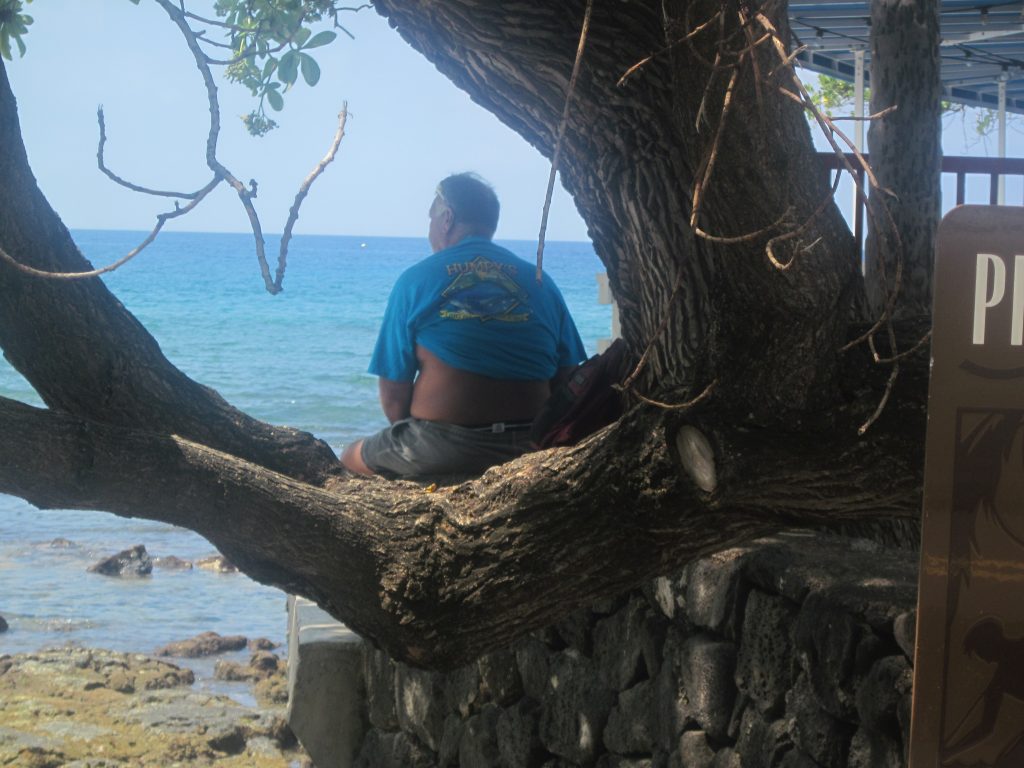
Homelessness in Hawaii is a problem. Hawaii is the US state with the most homeless per capita, driven by years of rising costs and low wages. There are two peculiar aspects about homelessness in Hawaii.
DID OTHER STATES SENT THEIR HOMELESS TO HAWAII?
The first is that there are persistent rumors that most of the homeless came from other states to escape the harsh winters or even that their states of origin have given them one-way tickets to Hawaii to get rid of them.
However this is not reflected by the numbers. One study showed, 40% of the homeless had lived in Hawaii their entire life. More than half had been in Hawaii a minimum of 20 years. Only 3.3% of the homeless had lived in Hawaii for one year or less.
COFA MIGRANTS
The other is, the case of Marshallese and Micronesian homeless. After World War II, their islands became nuclear testing sites. Between 1946 and 1958 the US dropped the equivalent of more than 7,000 Hiroshima-sized bombs on the Marshall Islands alone. Atolls became radioactive and uninhabitable, forcing the local people to relocate. In 1986, the US signed agreements called the Compact of Free Association (COFA) with the Federated States of Micronesia and the Republic of the Marshall Islands. Palau was later added in 1994. The US was granted exclusive territorial claims and in exchange, the citizens of Micronesia and the Marshall Islands were granted the right to live permanently in the US. They are legal residents, but not citizens, though they are required to pay local, state and federal taxes. Officials say it’s difficult to determine exactly how many COFA migrants live in Hawai’i, because they can travel back and forth without a visa or green card, but current estimates are more than 12,000.
MORE NUMBERS
Data homeless shelter gathered show that 30% were Hawaiian or part-Hawaiian, 27% Micronesian, Marshallese or other Pacific Islanders, and 26% white. Figures are much lower for Chinese, Japanese, and Korean groups.
Service providers say 40% of Hawaii’s homeless people are working at least part time, 30% need some housing assistance, and 30% have mental health or substance abuse problems that prevent them from maintaining a home.
